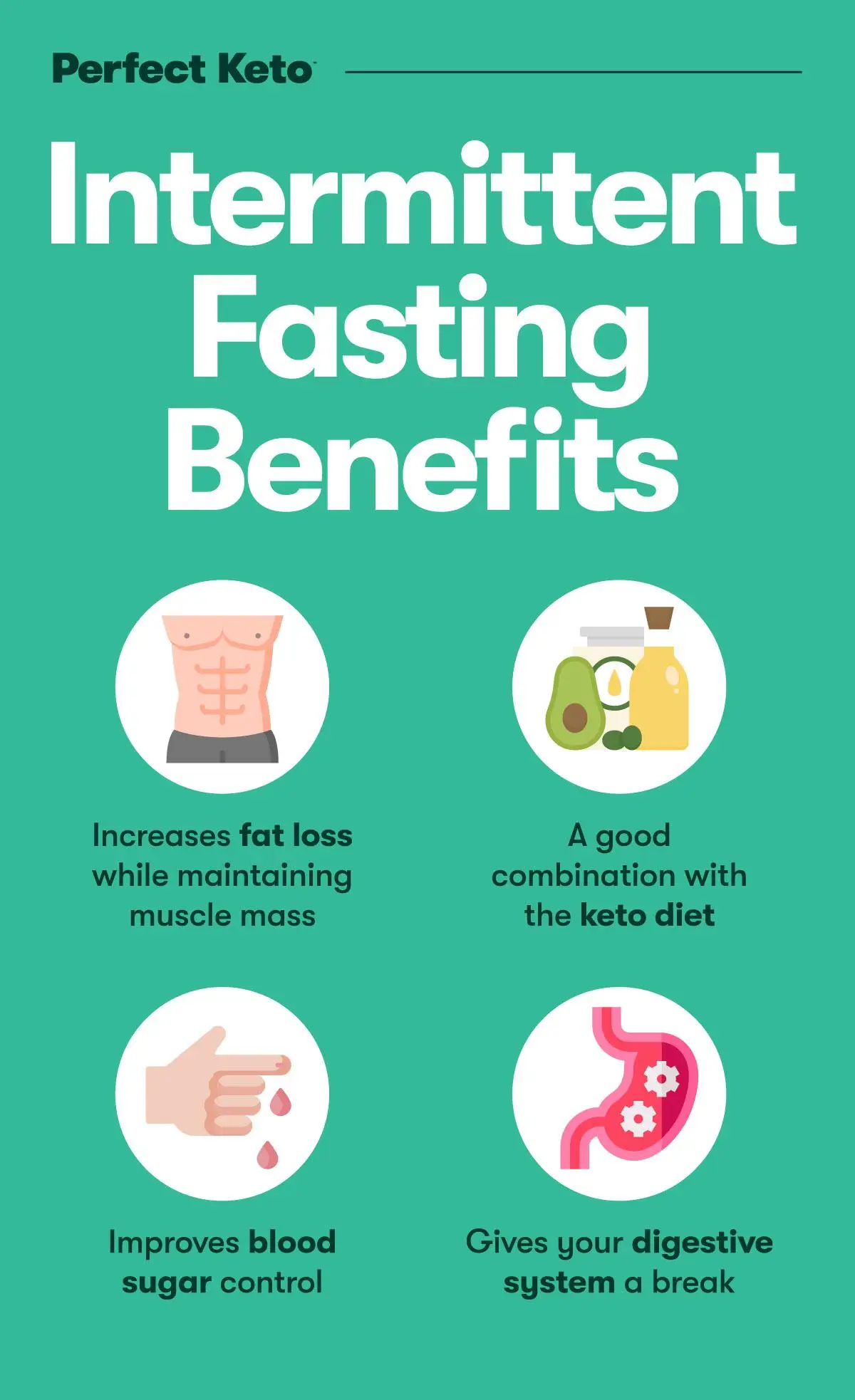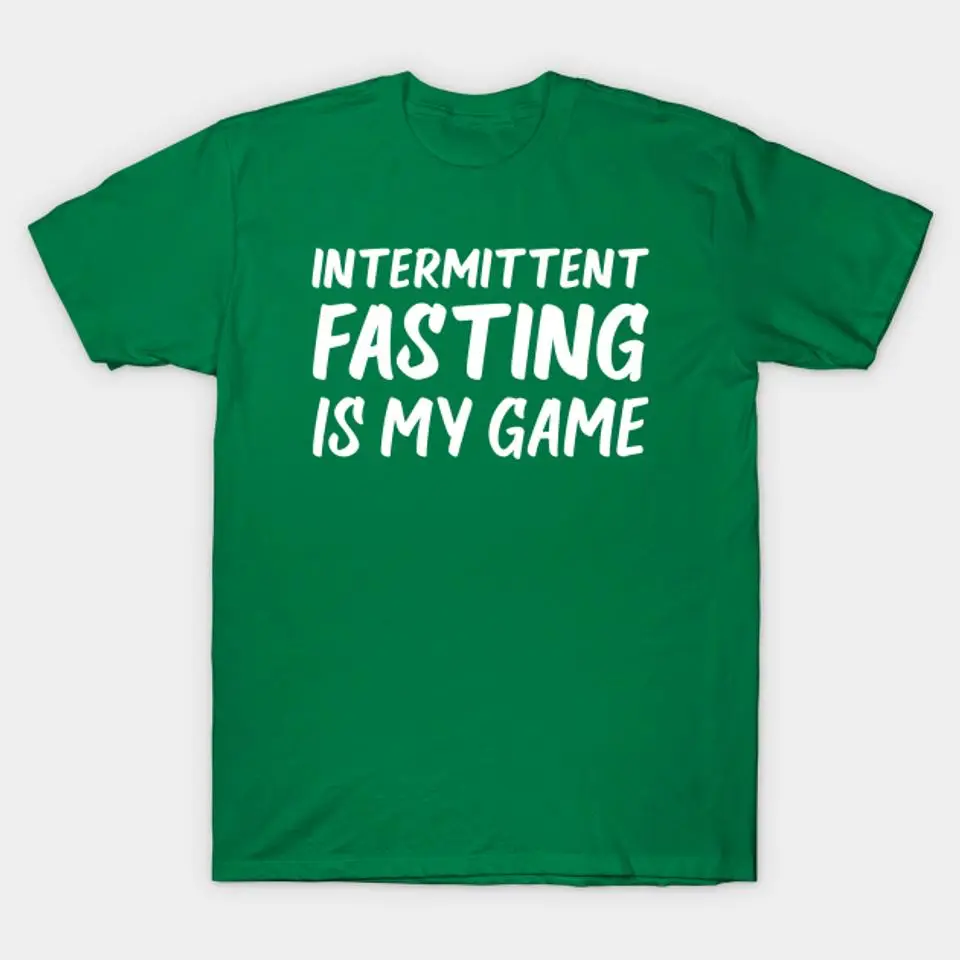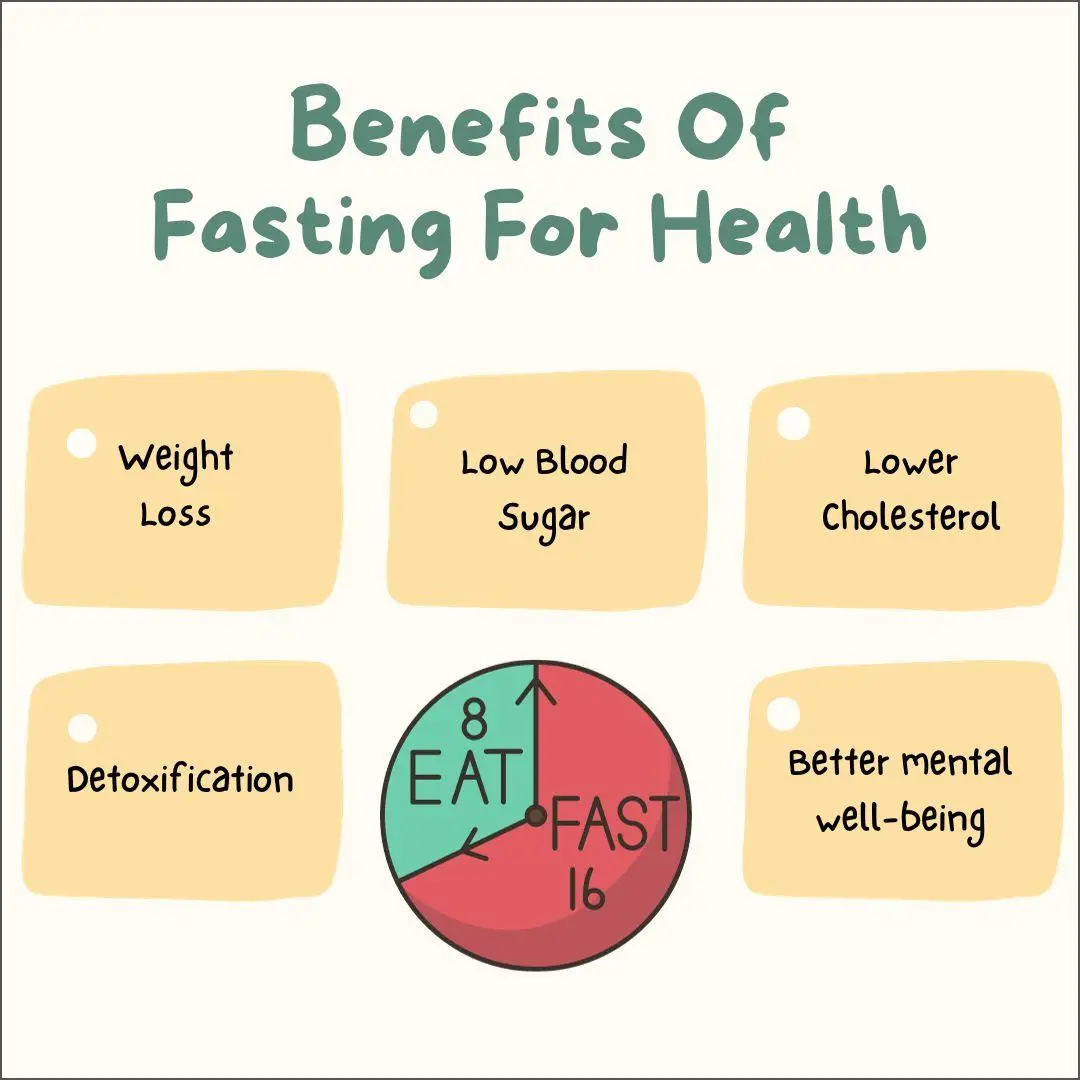In a world filled with endless fad diets and quick-fix weight loss solutions, intermittent fasting has emerged as a powerful tool for achieving sustainable results. By strategically timing periods of eating and fasting, individuals are not only able to shed unwanted pounds, but also experience a myriad of health benefits. In this article, we will explore the best practices for successful intermittent fasting to help you achieve your weight loss goals and improve your overall well-being.
Heading 1: Understanding the Science Behind Intermittent Fasting

Intermittent fasting has gained popularity as an effective strategy for weight loss and overall health improvement. By understanding the science behind intermittent fasting, individuals can maximize their success with this dietary approach.
One key aspect of intermittent fasting is its impact on insulin levels. **Fasting periods** allow insulin levels to decrease, which promotes the body’s ability to burn stored fat for energy. This process, known as **ketosis**, is essential for weight loss and improved metabolic function. By incorporating intermittent fasting into your routine, you can support this natural fat-burning process and achieve your weight loss goals.
Additionally, intermittent fasting has been shown to have **benefits for cellular repair and longevity**. During fasting periods, the body undergoes a process called **autophagy**, where damaged cells are removed and new, healthy cells are generated. This cellular rejuvenation can lead to improved overall health and a reduced risk of chronic diseases.
By following best practices for intermittent fasting, such as incorporating **nutrient-dense meals** during eating windows, staying **hydrated**, and listening to your body’s hunger cues, you can experience the full benefits of this powerful weight loss strategy. With a **balanced approach** and a commitment to consistency, you can achieve success with intermittent fasting and reach your health and wellness goals.
Heading 2: Practical Tips for Implementing Intermittent Fasting Successfully

If you want to see success with intermittent fasting and achieve your weight loss goals, it’s important to follow some practical tips to make the process easier and more effective. Here are some best practices to help you implement intermittent fasting successfully:
<ul>
<li><strong>Start Slow:</strong> If you're new to intermittent fasting, it's best to start slow and gradually build up your fasting periods. Begin with a 12-hour fast and then gradually increase the fasting window as your body adjusts.</li>
<li><strong>Stay Hydrated:</strong> It's important to stay hydrated during your fasting periods. Drink plenty of water, herbal tea, or black coffee to help curb hunger and keep your body functioning optimally.</li>
<li><strong>Choose Nutrient-Dense Foods:</strong> When breaking your fast, focus on eating nutrient-dense foods like fruits, vegetables, lean proteins, and whole grains. Avoid processed foods and sugary snacks to maximize the benefits of intermittent fasting.</li>
</ul>
<p>By following these practical tips and incorporating intermittent fasting into your lifestyle, you can achieve effective weight loss and improve your overall health. Remember to listen to your body, stay consistent, and be patient with yourself as you navigate this new eating pattern.</p>
Heading 3: Tailoring Your Intermittent Fasting Routine to Your Lifestyle

When it comes to intermittent fasting (IF), one size does not fit all. The key to success lies in tailoring your fasting routine to your unique lifestyle and preferences. By customizing your IF schedule, you can maximize effectiveness and make sustainable changes for effective weight loss.
To tailor your IF routine to your lifestyle, consider the following tips:
- Identify your goals: Determine whether you are looking to lose weight, improve your overall health, or boost your energy levels. Your goals will help you choose the most suitable fasting schedule.
- Experiment with different fasting windows: Try out various fasting windows, such as the 16/8 method, 20/4 method, or alternate-day fasting, to see which one aligns best with your daily routine and hunger levels.
- Listen to your body: Pay attention to how your body responds to fasting. Adjust your schedule accordingly if you experience excessive hunger, fatigue, or other negative side effects.
- Plan ahead: Schedule your meals and snacks during your eating window to ensure you are consuming nutritious foods that support your weight loss goals.
| Intermittent Fasting Schedule | Recommended for |
|---|---|
| 16/8 Method | Beginners or those with busy schedules |
| 20/4 Method | Experienced fasters looking to accelerate weight loss |
| Alternate-Day Fasting | Individuals seeking a more flexible fasting approach |
Heading 4: Achieving Long-Term Weight Loss Success with Intermittent Fasting

Intermittent fasting has gained popularity in recent years as an effective tool for weight loss. By incorporating periods of fasting into your daily routine, you can achieve long-term success in managing your weight. Here are some best practices to help you make the most out of intermittent fasting:
- Stay Consistent: Consistency is key when it comes to intermittent fasting. Stick to your fasting schedule and try not to deviate too much from it.
- Eat Nutrient-Dense Foods: When you do eat, focus on consuming healthy, nutrient-dense foods to fuel your body during your eating windows.
- Stay Hydrated: Drink plenty of water throughout the day to help curb hunger and keep your body functioning optimally.
Additionally, it’s important to listen to your body and adjust your fasting schedule as needed. Some people may find success with a 16/8 fasting schedule, where they fast for 16 hours and eat within an 8-hour window. Others may prefer a 5:2 approach, where they eat normally for 5 days and restrict calories on 2 non-consecutive days. Experiment with different fasting schedules to find what works best for you.
Q&A
Q: What is intermittent fasting?
A: Intermittent fasting is an eating pattern that cycles between periods of fasting and eating.
Q: How does intermittent fasting help with weight loss?
A: Intermittent fasting helps with weight loss by reducing calorie intake and increasing metabolism.
Q: What are some best practices for successful intermittent fasting?
A: Some best practices for successful intermittent fasting include starting slow, staying hydrated, keeping track of progress, and listening to your body.
Q: Can intermittent fasting be effective for everyone?
A: Intermittent fasting can be effective for most people, but it may not be suitable for those with certain medical conditions or eating disorders.
Q: What are some common mistakes to avoid when practicing intermittent fasting?
A: Some common mistakes to avoid when practicing intermittent fasting include overeating during eating periods, not getting enough nutrients, and not consulting a healthcare professional before starting.
Q: How long does it take to see results from intermittent fasting?
A: Results from intermittent fasting can vary depending on the individual, but many people start to see results within a few weeks of starting.
Q: Are there certain types of foods that are recommended for intermittent fasting?
A: While there are no specific foods that are recommended for intermittent fasting, it is important to focus on nutritious, whole foods during eating periods.
Q: Is exercise necessary for successful intermittent fasting?
A: Exercise is not necessary for successful intermittent fasting, but incorporating physical activity can help enhance weight loss results.
Final Thoughts
In conclusion, incorporating intermittent fasting into your weight loss journey can be a powerful tool for achieving your health goals. By following these best practices, you can optimize your success and see real results. Remember to listen to your body, stay consistent, and seek guidance from a healthcare professional if needed. With dedication and patience, you can unlock the potential of intermittent fasting and transform your health for the better. Good luck on your journey to a healthier, happier you.



